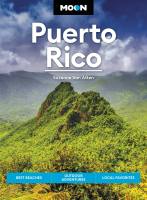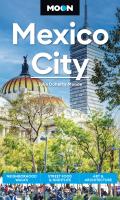Environmental Issues in Guatemala
Guatemala’s environmental issues, particularly in regard to tropical deforestation, can seem daunting at times. The country and its people seem to be caught in a vicious cycle that will end only when the environmental degradation reaches its peak and the consequences are fully reaped. It seems greed, apathy, poverty, corruption, ignorance, and neglect have all conspired against Guatemala’s precious natural resources. I do not mean to sound pessimistic in my introduction to this subject. I just think I’ve had the opportunity to see what’s at stake, having explored much of Guatemala during my teenage years and seeing firsthand the gradual encroachment of the agricultural frontier into what was once virgin forest. It is hoped that visitors to Guatemala, much like those to Belize and Costa Rica, will play a pivotal role in raising awareness of the abundant natural heritage with which Guatemalans been blessed, enabling the conservation of these resources to become a source of economic and moral value.
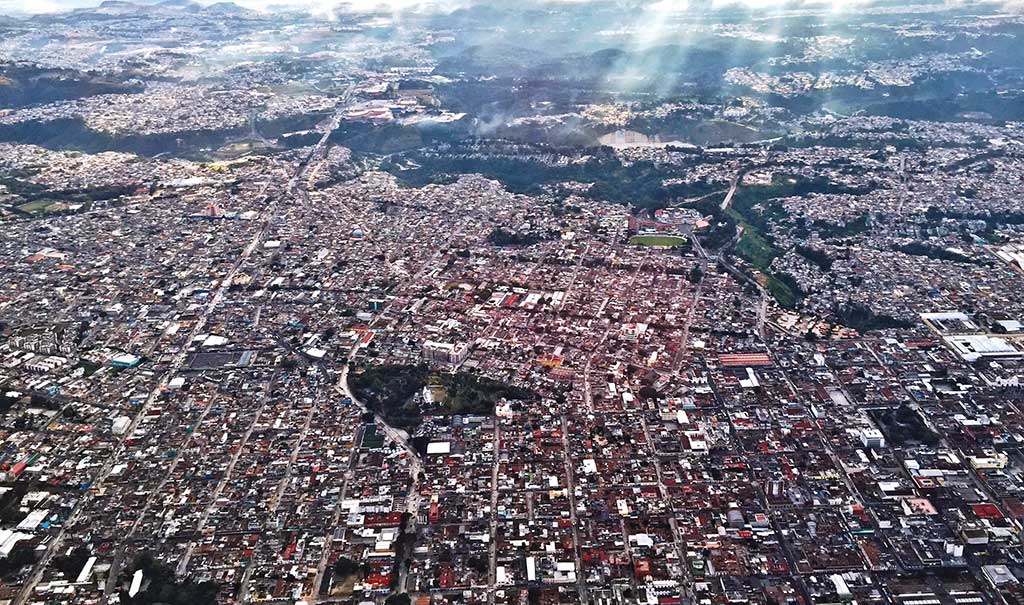
There is a long way to go to make environmental awareness a matter of national consciousness, but there is much to be hopeful about, particularly in the three decades since Guatemala established its democracy, during which time the country has been governed by civilian presidents interested in environmental matters. In addition to establishing the Maya Biosphere Reserve, Vinicio Cerezo Arévalo pushed through congress much of the legislation serving as a basis for the protection of Guatemala’s natural heritage. Many valiant Guatemalans have likewise done their part to establish a genuine environmental movement in their country. Their courage is underscored by the fact that, in Guatemala, environmental activism necessarily entails standing firm in the face of death threats and intimidations. Environmental protection often conflicts with the interests of the still-powerful agricultural elites, among these: lumber barons; drug cartels using remote parks for illicit activities; cattle ranchers, some of whom have military ties; and land-hungry peasants. Environmental martyrs are many in Guatemala, much the same as the legacy of those campaigning for greater respect for human rights and better socioeconomic conditions. In these ways, environmental issues in Guatemala are largely circumscribed within the larger social issues of endemic poverty, power politics, and the rule of law.
Other Environmental Issues in Guatemala
Deforestation
In 2005, about 37 percent of Guatemala was still forested, down from 40 percent in 2001. Most of the country was at one time covered by forests, a fact attested to by Guatemala’s ancient Mayan-Toltec name meaning “land of the trees.” The once-forested Pacific plains have given way largely to sugarcane and coffee plantations while the forests of the Caribbean slope have been turned largely over to banana plantations. The highlands, for their part, have been under intense cultivation since pre-conquest times, though there are still substantial forests left in remote corners of Quiche and Huehuetenango. Most of the loss of forest cover in the past 40 years has been due to government incentives aimed at colonizing the northern department of Petén in an attempt to ease pressure for land by an ever-increasing population. The Petén thus became an escape valve from pressures for land reform historically thwarted by Guatemala’s agricultural elites. It is here that a modern-day battle is being waged over Guatemala’s remaining forests.
It is hoped that history will not repeat itself, as the ancient Maya have a valuable lesson to teach about what happens when the forests are cut down. It is speculated that among the reasons for the Classic Maya collapse is widespread drought caused by the overwhelming deforestation of the tropical lowlands the Maya inhabited. This may have, in turn, led to widespread warfare among Maya city-states as populations scrambled to assert dominance over dwindling resources. The southern and central sections of Petén have been almost completely deforested, leading to local declines in annual rainfall marked by prolonged and warmer dry seasons. The northern third of Petén remains mostly intact, for now, protected as the Maya Biosphere Reserve. Pressures against the reserve continue to mount, however, with illegal land grabs and clandestine logging continuing to make inroads. There is no guarantee that the reserve’s borders will remain inviolate or that they will stave off the advance of the agricultural frontier.
It bears discussing here the process by which seemingly endless tracts of forest become tropical wastelands resembling the dustbowl-era plains of Kansas. While the lowland Maya practiced advanced farming techniques, including terracing and irrigation canals, what survives today is a simplified form of subsistence farming known as slash-and-burn agriculture. An area of forest will be felled and burned to the ground, with nutrient-rich ashes allowing crops to grow, though generally for a period of only two years. After that, a new plot of forest must be destroyed to grow crops again. The problem lies in that the soil of tropical forests is notoriously lacking in nutrients; the vast part of the ecosystem’s biomass is in the trees themselves, with forest topsoil only reaching about two inches in depth. The old plot is abandoned, with the soil having been compacted, and sold to cattle ranchers. And so, each year more and more land is deforested and turned into a jungle wasteland. The forests are particularly at risk at the tail end of the dry season, when slash-and-burn agriculture can get out of hand and burn uncontrolled into protected areas. Many times fires are set purposely inside park lands.
In addition to the activities of peasant farmers steadily encroaching on virgin forests, the activities of contraband loggers, looters of unexcavated archaeological sites, and wildlife poachers inside park boundaries constitute an additional threat to the forests. Adding insult to injury, contraband loggers, wildlife poachers, and peasants from neighboring Mexico have been scuttling the border separating their country from Guatemala to burn forest, kill wildlife, and plant crops in cleared lands. A now-famous Landsat image appearing in the October 1989 issue of National Geographic shows the once razor-sharp border between Mexico and Guatemala’s Laguna del Tigre National Park. The border is now dotted with burned-out land parcels along much of this boundary marker as a curious extension of the wide-scale deforestation in Mexico.
A recent development is the clearing of forest to build clandestine landing strips for drug-laden aircraft coming in from South America. With the virtual absence of local law enforcement and the aid of poor peasants eager for extra income, drug lords have found a haven for their illicit activities in Guatemala’s remote parks. They have even gone so far as to acquire property by buying lands from settlers and then registering them illegally in their own names. Whether through bribes or the falsification of documents, narcos have infiltrated Guatemala’s protected lands to suit their illicit operations. The existence of these “narco-farms” was brought to the attention of Guatemalan authorities after eight park guards were kidnapped and held hostage by armed men in June 2005 in Sierra del Lacandón National Park. The guards and members of a conservation group had decided to verify reports of clandestine logging inside the park. They were later released unharmed. The Public Ministry began a long process of expropriating the illegally titled lands while lawyers and land surveyors working the case faced intimidations and death threats. Meanwhile, the narcos reportedly moved their operations south to the Petexbatún region after a new military-trained environmental protection unit was created to destroy many of the clandestine landing strips and prevent further illicit activity.
Water Resources
Access to safe drinking water is a widespread problem throughout most of Guatemala. According to figures from the United Nations Development Program, roughly a quarter of Guatemalans still lack this basic necessity. This figure becomes even more dramatic in rural areas, where it is actually closer to 50 percent. The lack of potable water in turn leads to many illnesses, including intestinal parasites and amoebic dysentery, among others. Although most cities have sewer systems, wastewater treatment is virtually nonexistent—raw sewage often flows into rivers, lakes, and oceans. Guatemala City’s sewage, for example, is responsible for polluting the nearby Motagua River with human excrement, solvents, and metallic waste. Adding to Guatemala’s water woes is pollution from petroleum-based fertilizers used in commercial coffee, banana, and sugar plantations, which openly dump wastewater into nearby rivers and streams.
Air Quality
Guatemala City is notoriously polluted by old, recycled U.S. school buses, the basis of its public transportation network, which belch out diesel fumes in the form of black clouds. A promising recent development is a revamping of the city’s public transportation system to include newer vehicles and stop older buses from circulating in the city center. In addition to auto exhaust, pollution from industrial facilities and burning garbage from the city dump combine to form a thick haze often hanging over the city. The worst days occur when thermal inversions cause the haze to hang in a low-altitude pollution gulag, much like a pineapple-upside-down cake. Concentrations of particulates, ozone, and nitrogen dioxide often exceed World Health Organization safety standards, particularly on these days. During the rainy season, the haze is washed away by the afternoon rains, after which the atmosphere is amazingly free of pollutants.
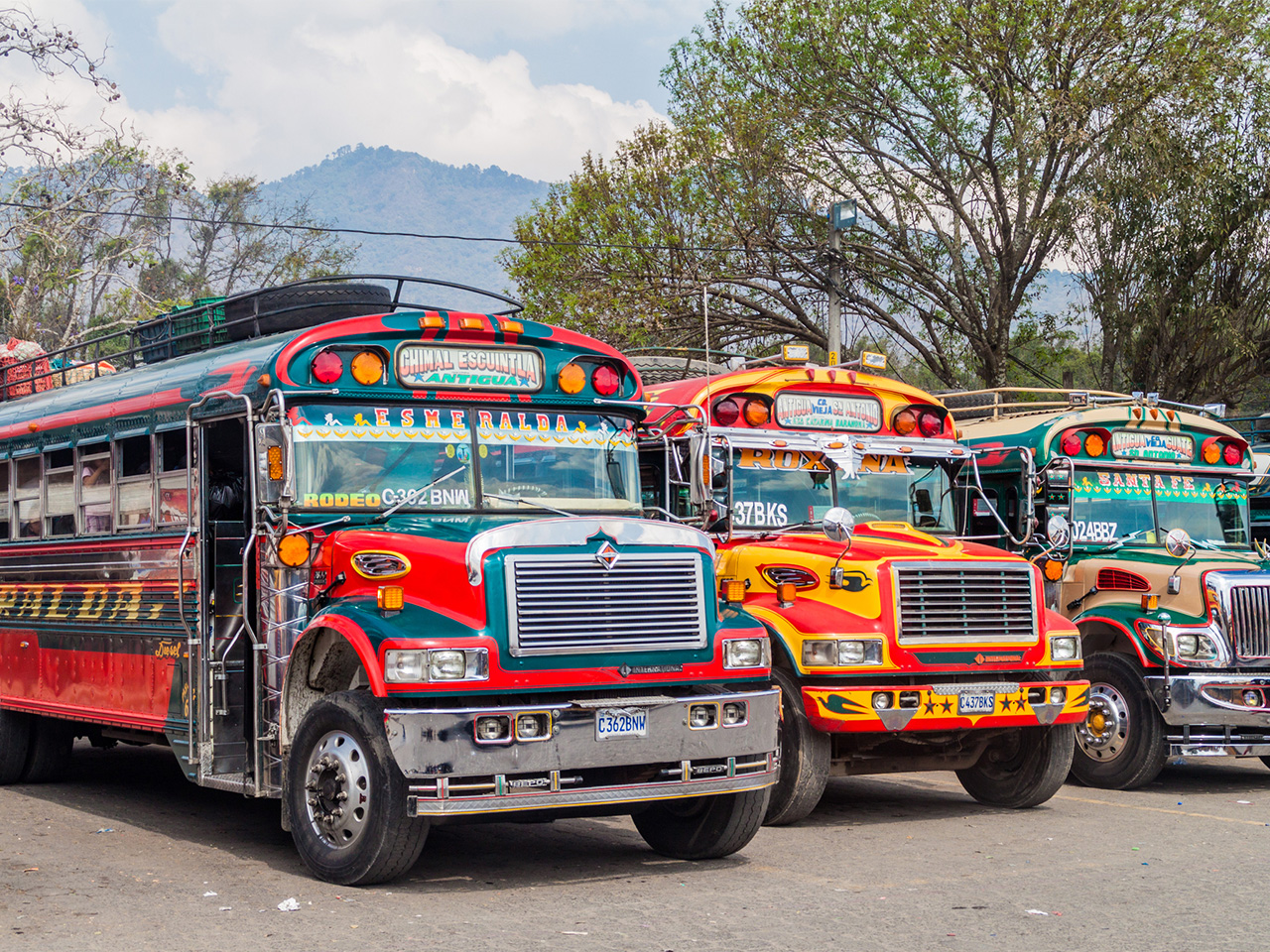
Elsewhere, smoke and ash from occasional volcanic eruptions can make the atmosphere somewhat hazy, though the worst pollution comes from dry-season agricultural burning and forest fires. When one considers that more than half of all energy consumption comes from burning firewood, the reasons behind the thick haze hanging over much of the country during March and April begin to emerge.
Resource Extraction
Mining activities have made Guatemalan newspaper headlines in recent years, as mining interests have cast an interested eye upon Guatemalan lands. Although environmental impact studies are required by law, these often fall prey to government corruption in the form of payoffs in exchange for a favorable assessment. Threats and intimidation against environmental groups often attempt to quell any opposition to these projects.
Residents of the Western Highlands town of Sipacapa have demonstrated vehement opposition to the opening of a strip mine in the vicinity of their town, bringing the case directly to the president of the World Bank and officials of the International Finance Corporation (IFC), the World Bank’s private-sector lending arm. Among the arguments against the installation of mining activities is the conflict of an open-pit mine with Maya belief in the sacredness of the Earth.
Residents of Sipacapa held a referendum overwhelmingly rejecting the presence of a mine on community lands. In early 2005, protests against the mine’s establishment, including roadblocks, were broken up by military forces, resulting in 11 people being injured and one killed.
Newsletter Signup
By clicking ‘Sign Up,’ I acknowledge that I have read and agree to Hachette Book Group’s Privacy Policy and Terms of Use
More than 550 mining concessions now cover 10 percent of the country. Almost 20 percent of these are for open-pit mining of minerals such as gold, silver, nickel, and copper.
Petroleum extraction continues in the northern Petén lowlands and parts of Alta Verapaz, including the Laguna del Tigre National Park, although ecological organizations have long denounced its negative effects upon the environment. Oil exploration and extraction were present before the creation of the Maya Biosphere Reserve and have thus been allowed to continue, mostly in parts of the buffer and multiple-use zones. During the civil war, oil pipelines became a frequent target for guerrillas sabotaging the activities of multinationals involved in resource extraction. Occupations of oil-drilling facilities were also frequent. In addition to creating roads through sparsely populated areas, the oil extraction activities have come under fire because of oil spills in protected lands.
In 2005, the Guatemalan government opened new concessions in an area along the Petén-Alta Verapaz border said to harbor an estimated 200 million barrels of oil. Guatemala’s total estimated reserves amount to about 2 billion barrels. Guatemalan oil’s high sulfur content prevents it from being used in the production of diesel or gasoline, relegating it to use in the production of asphalt.
Soil Erosion
Unbridled deforestation on steep hillsides is responsible for much of the erosion of Guatemala’s soil. Already about one-third of all land cover is considered eroded or seriously degraded, a significant amount when one considers the high degree of susceptibility to erosion of Guatemala’s soil, which is composed largely of unconsolidated volcanic ash. Deforestation and soil erosion work hand in hand and are responsible for many of the tragic mudslides in the aftermath of tropical storms such as Hurricanes Mitch and Stan. Soil erosion has also contributed to greatly shortening the useful life of Chixoy Dam, which supplies about 15 percent of Guatemala’s electricity, through siltation of the dam’s reservoir.
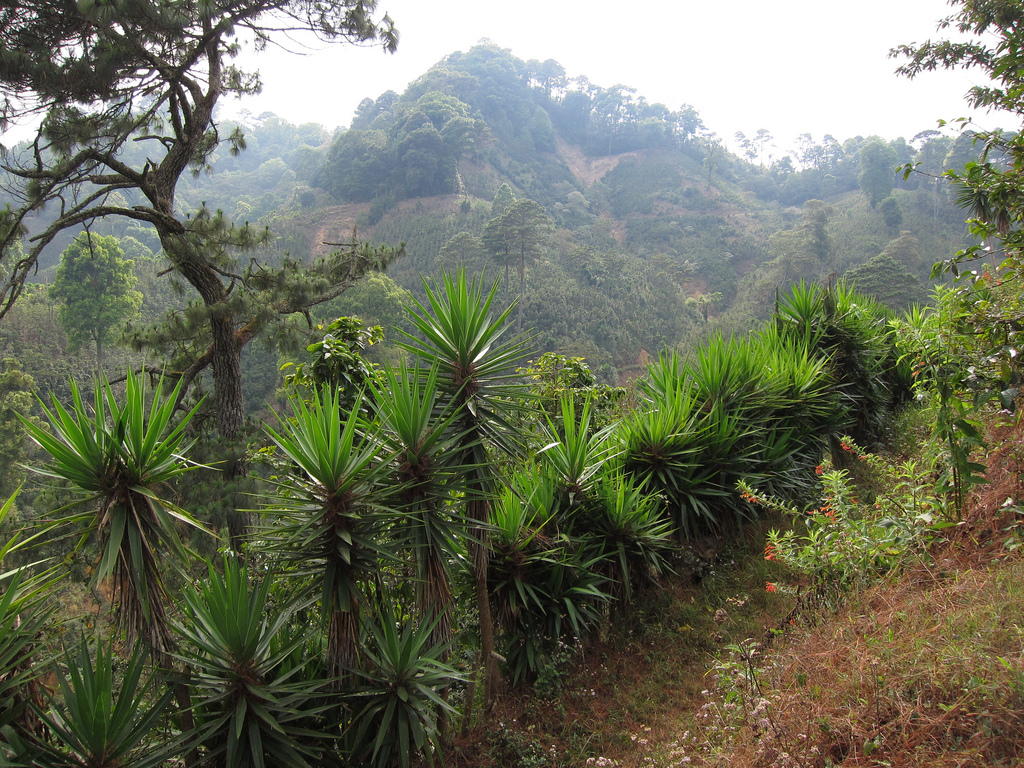
Conservation Groups
Many grassroots environmental organizations operate in Guatemala in partnership with international conservation organizations. Among the best-known groups is Fundación Defensores de la Naturaleza (7a Avenida 7-09 Zona 13, Guatemala City, tel. 2440-8138 or 2471-7942), which administers Sierra del Lacandón National Park, Sierra de Las Minas Biosphere Reserve, Bocas del Polochic Wildlife Refuge, and the United Nations National Park just outside of Guatemala City. Through private land purchases, Defensores has been able to acquire large tracts of land in Sierra de las Minas and Sierra del Lacandón with help from The Nature Conservancy.
The Nature Conservancy also works locally with the Fundación para el Desarrollo y la Conservación (Foundation for Development and Conservation), or FUNDAECO (7a Calle “A” 20-53 Zona 11, Colonia Mirador, Guatemala City, tel. 2474-3645). Together, they have bought more than 9,000 acres of tropical rainforest in the Caribbean coastal mountain chain of Cerro San Gil.
Another organization working to protect local ecosystems is FUNDARY (Diagonal 6, 17-19 Zona 10, Guatemala City, tel. 2333-4957, 2366-7539, or 2367-0171), named after the late Mario Dary Rivera, creator of the CECON biotopes. FUNDARY has centered its efforts on the protection of coastal environments, particularly the Punta de Manabique peninsula, on Guatemala’s Caribbean Coast.
The forests of Petén are understandably the center of much attention from local and international organizations. ProPetén (Calle Central, Flores, Petén, tel. 7926-1370), an offshoot of Conservation International, began operating shortly after the creation of the Maya Biosphere Reserve and is credited with implementing innovative approaches to bridge the gap between the need for environmental conservation and the needs of communities living in or near the reserve. Among its successful programs are the establishment of a research station for the protection of scarlet macaws, forestry concessions with local communities in the Maya Biosphere Reserve’s buffer zone, and two Spanish-language schools owned and operated by local villagers.
Alianza Verde (Parque Central, Flores, Petén), for its part, has done an excellent job of promoting low-impact tourism in Petén as part of its mandate to aid in the protection and conservation of the region’s precious natural resources. In addition to marketing efforts, Alianza Verde certifies ecotourism operations and aids in the training of tourism staff to improve Petén’s tourism offerings and visitor experience. It functions as an association of businesses, organizations, and individuals who make their livelihood from Petén’s valuable tourism industry.
Another important organization is the Asociacion de Rescate y Conservacion de Vida Silvestre (Wildlife Rescue and Conservation Association), or ARCAS (4 Ave. 2-47, Sector B5, Zona 8 Mixco, San Cristóbal, Guatemala, tel. 2476-6001). It works to protect and rehabilitate wildlife, including sea turtles on the Pacific Coast and animals falling prey to poaching for the lucrative pet trade in Petén, including cats, monkeys, and birds.
Several organizations operate in Guatemala’s eastern Verapaces and Izabal regions. Working to preserve the endangered quetzal, Proyecto Ecoquetzal (2a Calle 14-36 Zona 1, Coban, Alta Verapaz, tel. 7952-1047) works with local communities to provide alternative income sources such as ecotourism and promote sustainable agriculture in the remaining cloud forests of northern Alta Verapaz. Asociacion Ak’ Tenamit (11 Avenida “A” 9-39 Zona 2, Guatemala City, tel. 2254-1560 Guatemala City, tel. 7908-3392 Lívingston) is a grassroots, Maya-run development organization focusing its efforts on education, health care, the creation of alternative income sources and sustainable agriculture.
Finally, Tropico Verde (Vía 6 4-25 Zona 4, Edificio Castañeda, Oficina 41, Guatemala City, tel. 2339-4225) is a watchdog organization monitoring the state of Guatemala’s parks via field studies. In addition to local monitoring, it helps bring awareness of local repercussions of international environmental issues such as Guatemala’s participation in international conventions on whaling, to name just one example.
Excerpted from the Fourth Edition of Moon Guatemala.
Newsletter Signup
By clicking ‘Sign Up,’ I acknowledge that I have read and agree to Hachette Book Group’s Privacy Policy and Terms of Use


